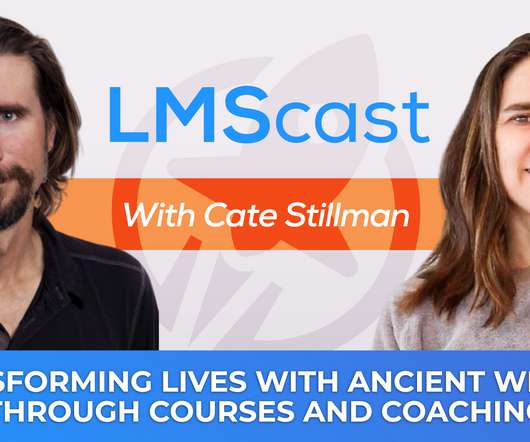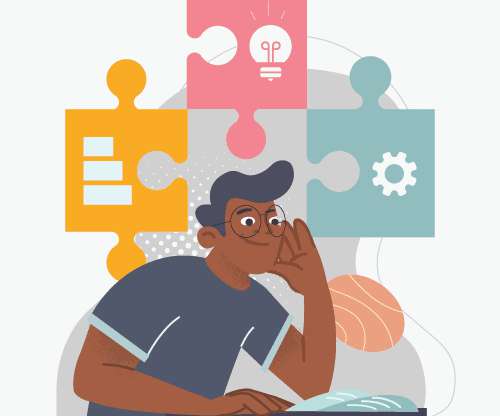Theories for the digital age: Self regulated learning
Learning with e's
OCTOBER 29, 2012
Various commentators suggest that as much as seventy percent of learning occurs outside of formal educational settings (Cofer, 2000; Dobbs, 2000; Cross, 2006). In many ways, heutagogy is aligned to other digital age theories, in that it places an importance on ‘learning to learn’, and the sharing rather than hoarding of that knowledge.

































Let's personalize your content